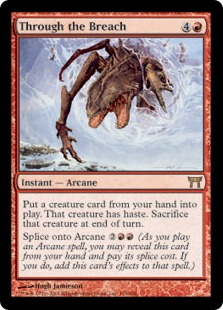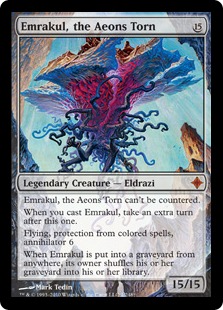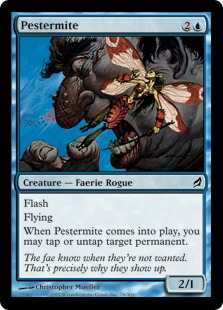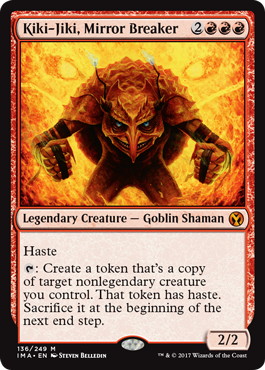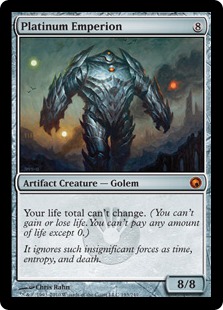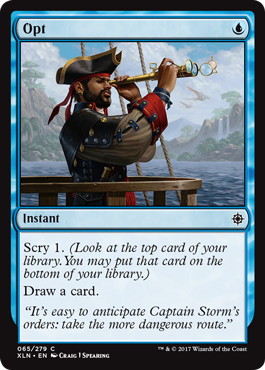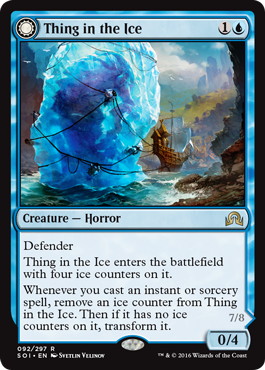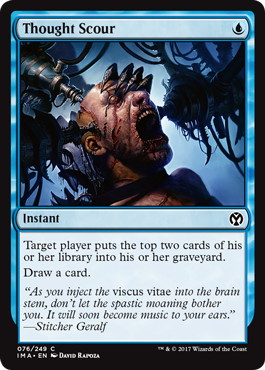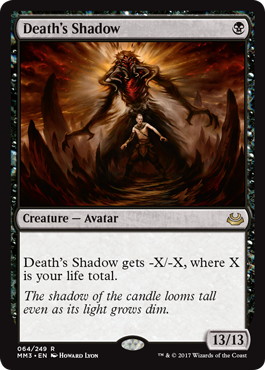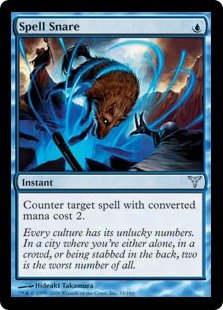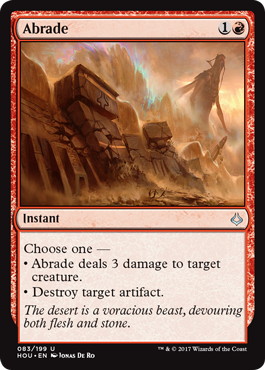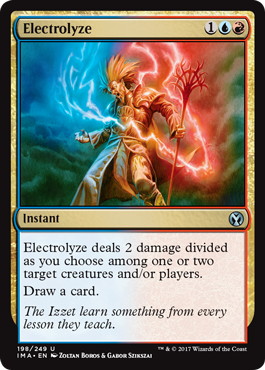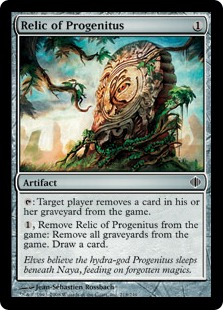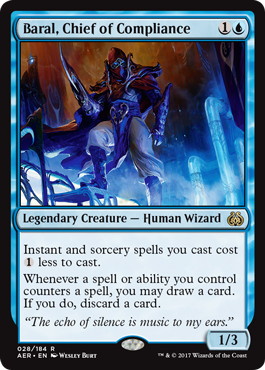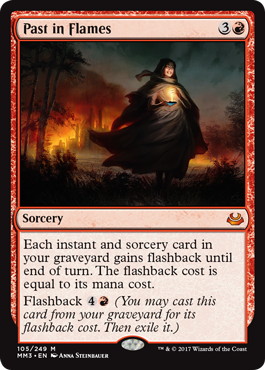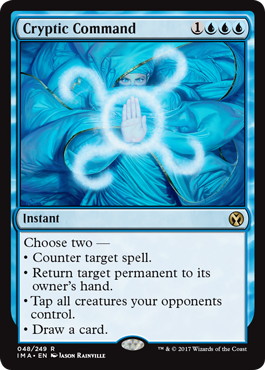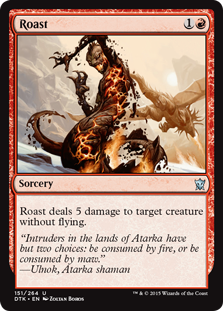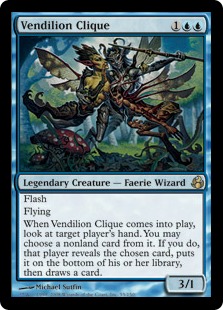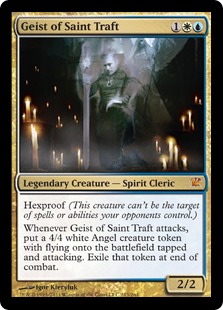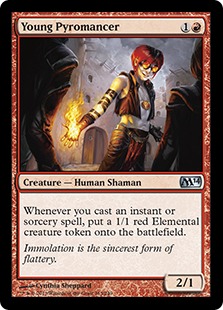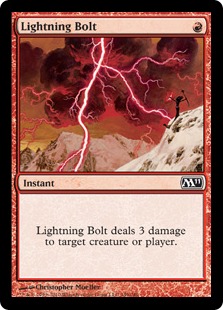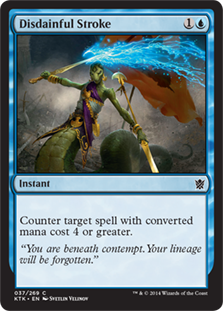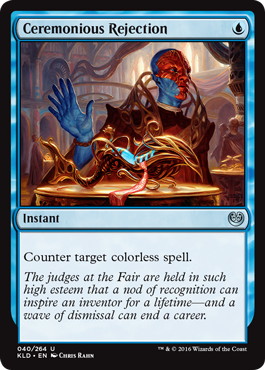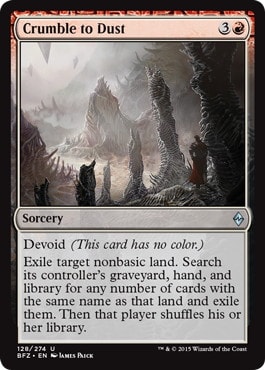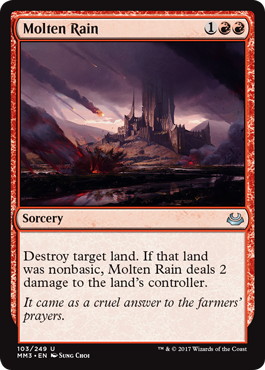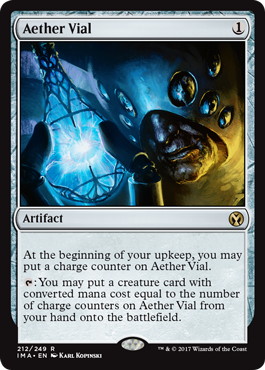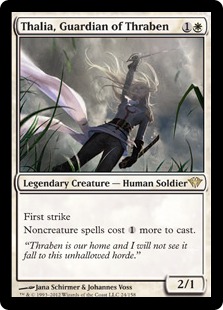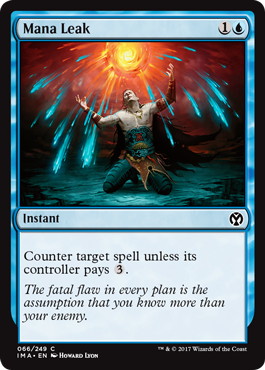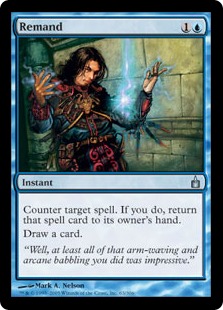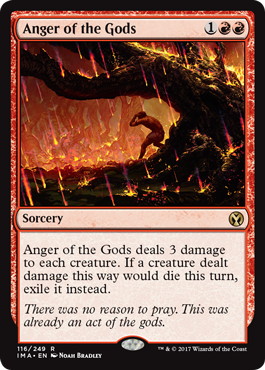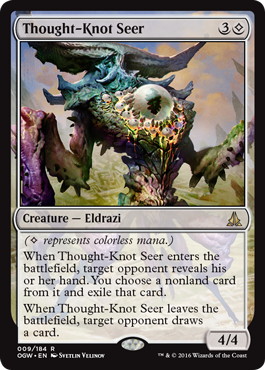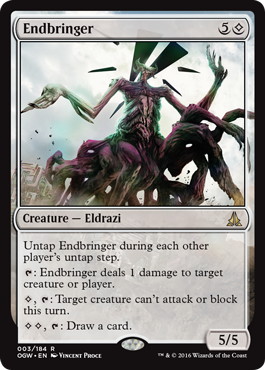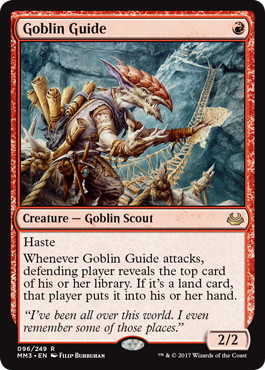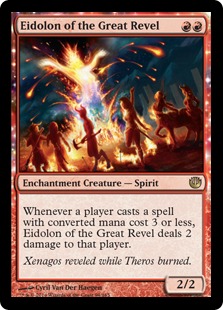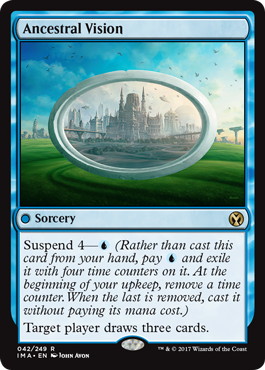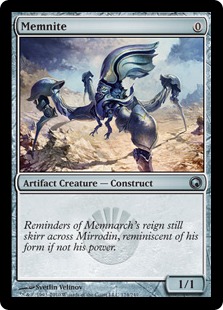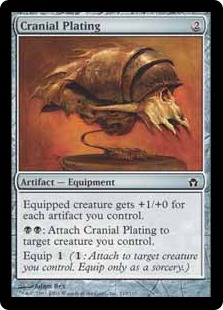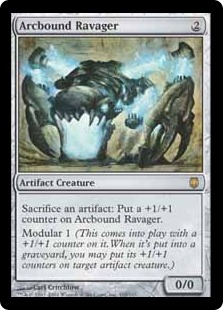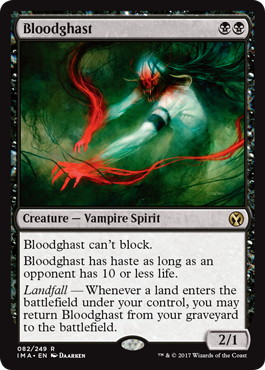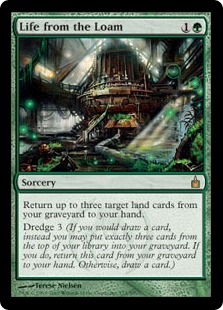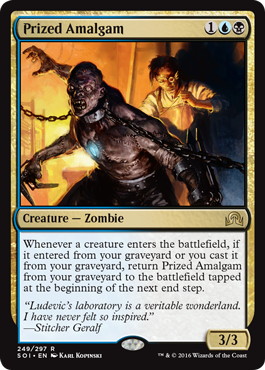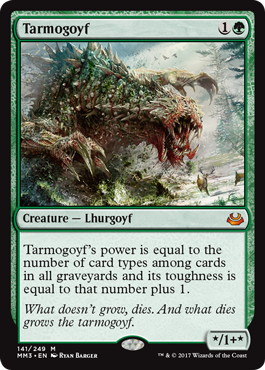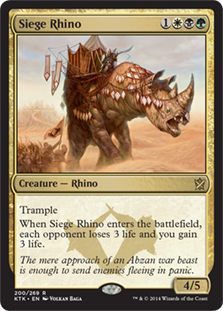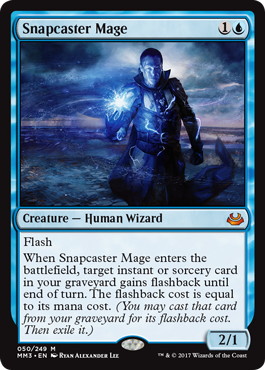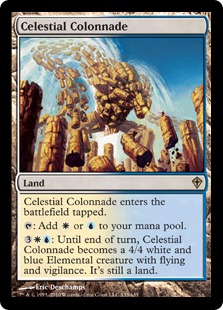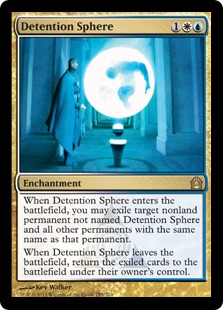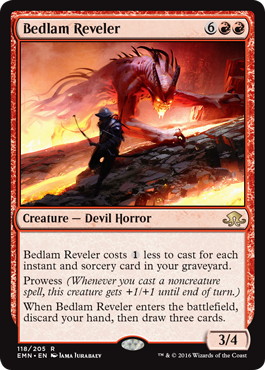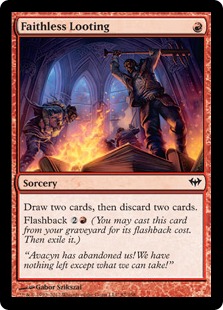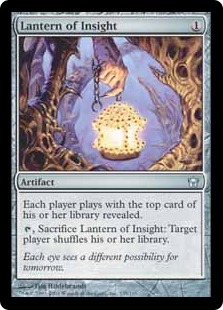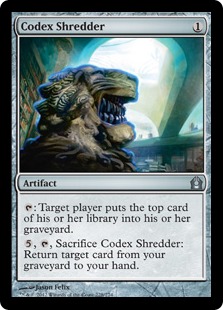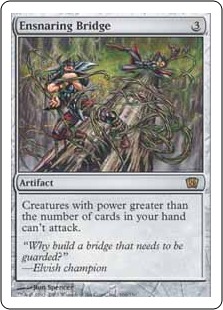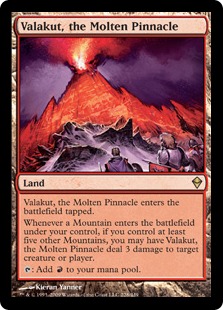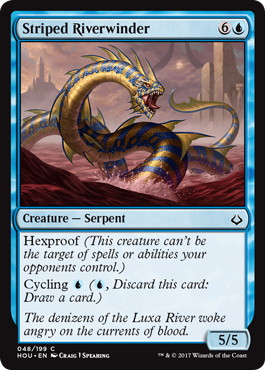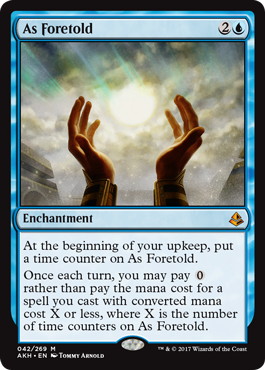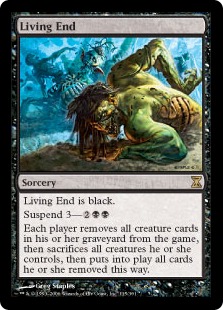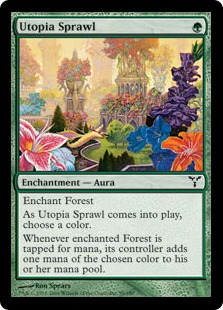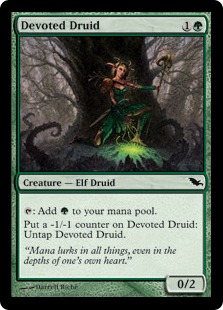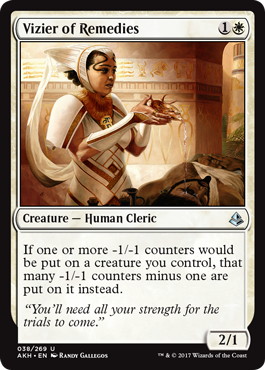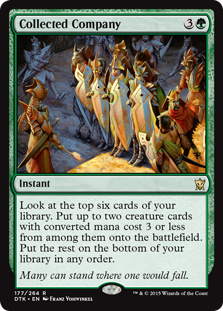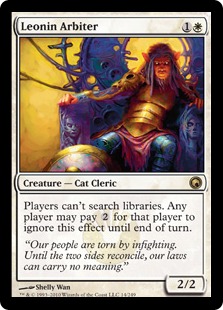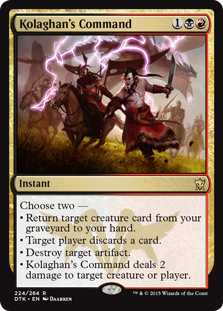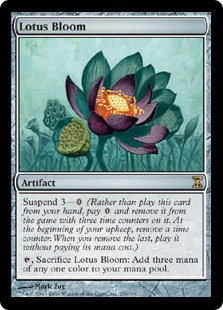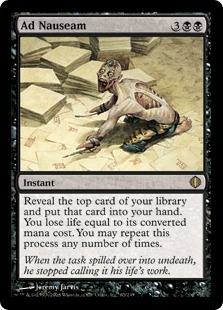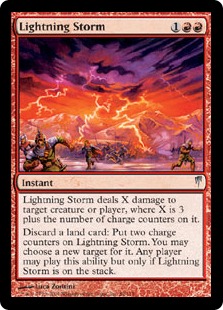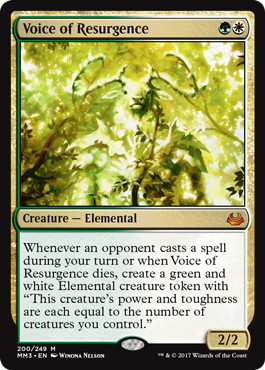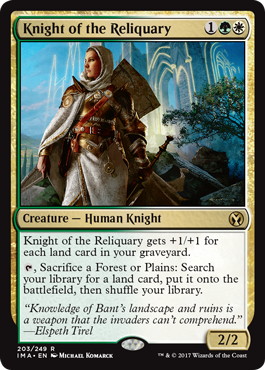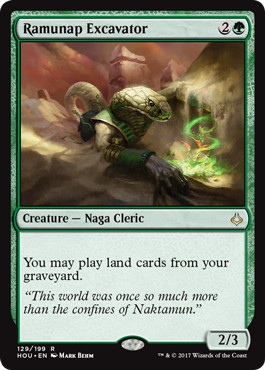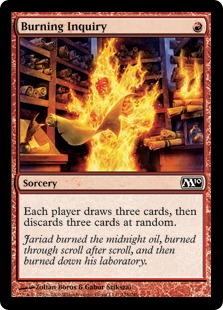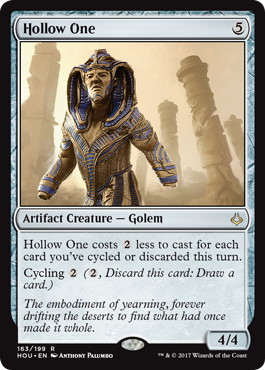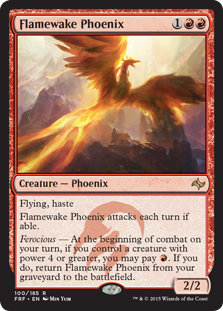Hello all! I am Peter Vieren, a Gold Level Pro from Belgium, and this is my first article for Hareruya.
Last weekend was Pro Tour Rivals of Ixalan in Bilbao, where my younger brother Pascal had an incredible 3rd place finish after being undefeated in the Swiss rounds. I am super happy and proud of him! While he will tell you about his experiences in a separate article, I will focus on the deck we played at this tournament : UR Pyromancer.
- Pascal Vieren
- – UR Pyromancer
- Pro Tour Rivals of Ixalan
- (3rd)
1 《Snow-Covered Mountain》
1 《Island》
3 《Steam Vents》
4 《Scalding Tarn》
2 《Flooded Strand》
1 《Misty Rainforest》
1 《Polluted Delta》
3 《Field of Ruin》
1 《Spirebluff Canal》
1 《Sulfur Falls》
-Lands(22)- 4 《Snapcaster Mage》
3 《Young Pyromancer》
3 《Thing in the Ice》
-Creatures(10)-
4 《Serum Visions》
4 《Opt》
4 《Lightning Bolt》
1 《Spell Snare》
2 《Roast》
2 《Remand》
2 《Mana Leak》
1 《Abrade》
1 《Logic Knot》
1 《Electrolyze》
3 《Cryptic Command》
-Spells(28)-
2 《Dispel》
2 《Anger of the Gods》
1 《Vendilion Clique》
1 《Spell Snare》
1 《Abrade》
1 《Negate》
1 《Disdainful Stroke》
1 《Electrolyze》
1 《Molten Rain》
1 《Crumble to Dust》
1 《Relic of Progenitus》
-Sideboards(15)-
In this article I will talk about how the deck came to be and try to explain the reasoning behind the list. Next I will provide a sideboard guide which should come in handy for those who want to try out the deck.
I started my testing with the various UR or Jeskai shells with a combo in them: either 《Through the Breach》/《Emrakul, the Aeons Torn》, 《Pestermite》/《Kiki-Jiki, Mirror Breaker》 or 《Madcap Experiment》/《Platinum Emperion》. Having a controlling gameplan combined with a combo seemed very appealing to me, as in Modern there are so many different angles of attack that you need to have a proactive gameplan in addition to any reactive cards you play. In testing the various combo decks, I learned a few things:
1) Opt was great. I loved the way decks with 4 《Serum Visions》, 4 《Opt》 and 4 《Snapcaster Mage》 played. Finding the right piece of interaction is critical in Modern, and these decks were great at it.
2) Every combo was clunky and fairly easy to interact with. In addition, they all required you to resolve a rather expensive spell, which meant you needed to have enough lands in play to begin with. In short, it took a lot of time and resources to assemble your combo, while you had the risk of having dead pieces in your hand, and then you would often be forced to just run it out and hope they couldn’t answer it because you were too far behind at that point.
3) I liked the tempo aspect of Pestermite. Having a beatdown plan is great in decks that can just 《Lightning Bolt》/《Snapcaster Mage》/《Lightning Bolt》 your opponent. However, 《Pestermite》 itself wasn’t necessarily great. While it was good in the early turns, tapping something down for a turn is quite weak later on, and a 2/1 flying for three is not a great rate. This was also the combo that actually happened the least, and Kiki-Jiki is a strain on your manabase (as you want to fetch Islands often).
My conclusion was that, instead of a combo as the proactive plan, I would rather have a cheap creature to combine with 《Lightning Bolt》 and 《Snapcaster Mage》 for a beatdown plan. When you think of a cheap creature that is big for its cost and can act as a standalone threat, you think of 《Tarmogoyf》. So next I built a UR/G deck with 《Tarmogoyf》 and some 《Tireless Tracker》. From this deck I learned:
1) 《Tireless Tracker》 was nice. Having a source of true card advantage gave the deck the necessary power in longer games. In the final build, 《Ancestral Vision》 would take this role.
2) The plan with 《Tarmogoyf》 as a cheap threat worked well. However, one problem with it was that the deck became quite soft to 《Relic of Progenitus》. People would already board it in against a Snapcaster deck, but it wasn’t too hard to play around. However, with all your 《Tarmogoyf》 also potentially being blanked by the threat of activation of a Relic midcombat, the card suddenly became quite hard to beat.
So I looked for another threat, and that’s when I found 《Thing in the Ice》, a card I have good experiences with. I tried it and it outperformed 《Tarmogoyf》 easily. Besides not requiring a third color, it’s absolutely insane against any creature-based deck, while still being a decent clock in other match-ups. It also gives you a plan to steal games against decks that were previously virtually unbeatable in game one, like Dredge or Boggles.
The secondary threat, and now the deck’s namesake (I understand that UR Thing would just sound weird), was actually the last addition to the deck. Similar to Thing, it is a cheap threat that can get in play early and snowball if unchecked. While it doesn’t offer the incredible tempo advantage of a Thing transformation, it shored up some of 《Thing in the Ice》‘s weaknesses, like Liliana, an early creature swarm, or a cheap threat with 4 or more power. While it might seem at first that the two creatures have some non-synergy (Thing flip destroying all your Elemental tokens), this is not really relevant. If you ever get into a position where you lose a lot of Elementals this way, it should mean you are winning anyway. (Also, be aware that in this case you do get to keep the Elemental token from your last spell if you stack the triggers correctly.)
The final card I need to talk about is one that is not in the deck at all: 《Blood Moon》. I started testing with a pair of them in the maindeck, and soon moved one to the sideboard. This was the configuration for a lot of the testing process. While the card wasn’t bad, it wasn’t exactly pulling its weight either. Even against the big mana decks, it was a bit of liability.
Tron could often resolve an 《Oblivion Stone》, which would mean that not only would they eventually get rid of your Moon, it prevented you from putting a creature in play to pressure them. You don’t mind trading one for one with an O-Stone, but having to commit two cards to it is bad. Also, in post-board games, both Valakut and Tron players had enchantment removal ready, forcing you to counter spells you weren’t that well set up to counter (for example, 《Ceremonious Rejection》, 《Disdainful Stroke》, 《Mana Leak》 and 《Remand》 are all really bad versus 《Nature's Claim》). And if they got rid of the Moon, it had no lasting effect – their Tron pieces or Valakuts are intact and ready to go.
On the other side was 《Field of Ruin》, a card that had been performing very well. It’s a much stronger card than people realize. Using this as nonbasic land-hate meant its effect was always permanent, it worked better with counterspells, and it didn’t even use a spell slot. Once 《Young Pyromancer》 was added to the deck, the 《Blood Moon》 got removed completely to maximize the number of instants and sorceries. In testing we soon realized people were playing around Moon anyway. Tron players would have useless 《Nature's Claim》 in hand, and the 3-color decks like Grixis Shadow fetched their basics as soon as they saw a pair of Islands on our side:which made our Fields that much better!
Sideboard guide
The sideboard is built with many cards that overlap against various archetypes. With a deck like this, I don’t think you can afford to play a bunch of “hard nukes” for just one archetype, because chances are you’ll never use them, and you will have bad cards in your deck in other matchups. Instead it’s all about adjusting your threats, removal and counterspells. As a reactive deck, against most of the decks you will be more favored in post-board games.
Below I will list all the matchups I considered when building the sideboard. While it’s not every deck in Modern, it is still a huge list. These are just my pre-tournament plans, they won’t be perfect, but they will give you an idea of what to do in each match-up. As always, you need to adjust on the spot to the specifics of your opponent’s deck. There are also variations on play or draw, but I just made general plans to keep it manageable.
Grixis Death’s Shadow
This is a very swingy match-up, as whoever can stick a creature is very advantaged. 《Stubborn Denial》 is the most important card to always keep in mind.

VS. Grixis Death’s Shadow
Storm
If you are on the draw in game 1, you will need to evaluate if your hand is good enough to stop their combo in a longer game. If not you may just need to play your threat, hope they don’t go off, and then disrupt them long enough. After sideboard you have all the interaction to keep them from doing much, so I consider this matchup favorable.

VS. Storm
Jeskai Tempo (for Jeskai Control, see UW Control)
You could also sideboard an 《Anger of the Gods》 if you know for sure that they have 《Geist of Saint Traft》, but it’s usually not too hard to keep it off the board or trade with a 《Snapcaster Mage》.

VS. Jeskai Tempo
Gx Tron
Early on you can disrupt their mana with 《Field of Ruin》 and/or counterspells. In some games you will then decide to stop countering their enablers, let them have mana and just counter their relevant spells, while in others you will keep them off Tron completely (usually when you have a clock). This is a good matchup, especially postboard.

VS. Gx Tron
Humans
Game one is a bit rough because your counterspells are useless. After sideboard the matchup feels quite good.

VS. Humans
Eldrazi Tron
This is the one matchup that is almost unwinnable.

VS. Eldrazi Tron
Burn
A close matchup, where cheap interaction is key.

VS. Burn
Affinity
Another matchup that improves a lot with sideboarding (it’s good to be the interactive deck). Overall I like this matchup.

VS. Affinity
Dredge
Quite bad, but 《Thing in the Ice》 at least gives you some chance in game one.

VS. Dredge
Abzan
I think the GBx decks in general are slightly unfavorable. 《Ancestral Vision》 is key, and try not to run 《Thing in the Ice》 into 《Liliana of the Veil》.

VS. Abzan
UR Breach
I generally like the matchup against UR decks. Thing in the Ice is hard to kill and you can even threaten to disrupt their combo with it.

VS. UR Breach
UW Control
This is generally a good matchup, but if they play 《Emrakul, the Promised End》 like the version we ran into at the Pro Tour, that’s a problem.

VS. UW Control
Mardu Pyromancer
Settle in for some long, grindy games. The matchup is pretty even.

VS. Mardu Pyromancer
Lantern
With a lot of cheap counterspells, I think the matchup is quite good after sideboarding.

VS. Lantern
RG Valakut
Countering their threats is quite easy, you just need to find 《Field of Ruin》 if they naturally draw 《Valakut, the Molten Pinnacle》.

VS. RG Valakut
Blue Living End
Mostly a control mirror, but the matchup is tough because they have even more 《Ancestral Vision》, and a 3 mana card that wins the game if it resolves.

VS. Blue Living End
GR Land Destruction
Quite similar to other ramp decks, except 《Lightning Bolt》 is actually good.

VS. GR Land Destruction
Abzan Counters Company
This matchup is fairly easy, as their combo creatures are weak. Just don’t let them resolve 《Collected Company》.

VS. Abzan Counters Company
Jund Death’s Shadow
Like all BGx decks, the matchup is not great, but certainly not unwinnable.

VS. Jund Death’s Shadow
Eldrazi&Taxes
Small creature decks are generally good matchups. Make sure to use fetches first, so you don’t get hurt by 《Leonin Arbiter》.

VS. Eldrazi&Taxes
Jund/Black-Green
Same as other BGx decks.

VS. Jund/Black-Green
Ad Nauseam
This matchup feels really hard to lose after sideboard.

VS. Ad Nauseam
GW Company
This is a much harder matchup than the combo-based Abzan deck, as you need to keep their value creatures off the table.

VS. GW Company
BR Hollow One
I don’t have much experience with this matchup, but I suppose it will become more popular now.

VS. BR Hollow One
Conclusion
A lot of Pros were unhappy about having to play a Modern Pro Tour. Initially, I was also in this camp. My last experience playing Modern was at the World Magic Cup in 2016, and while that tournament was a success for us, I didn’t think the format was healthy or enjoyable at that point. The linear decks were simply too strong. Since then the format has shifted, and decks with a high degree of interactivity have become stronger.
If you like playing interactive matches, UR Pyromancer is one of several viable options to do so in the current Modern format. While playing this deck, I had interesting games full of decisions almost every time. Playing this deck made me appreciate Modern, and I hope the format will remain as healthy as it is now.
If this is a style of deck you enjoy playing, I definitely recommend trying out the above list. It’s challenging and rewarding to learn, and Pascal has showed the world its power.
Peter Vieren
Recommended Items
Hareruya Hopes and Gold level pro player from Belgium. He has finished in the top eight of two Grand Prix events: GP Lyon 2010 and GP Prague 2015. He also captained the Belgian national team to a runner-up finish at the 2016 World Magic Cup.


